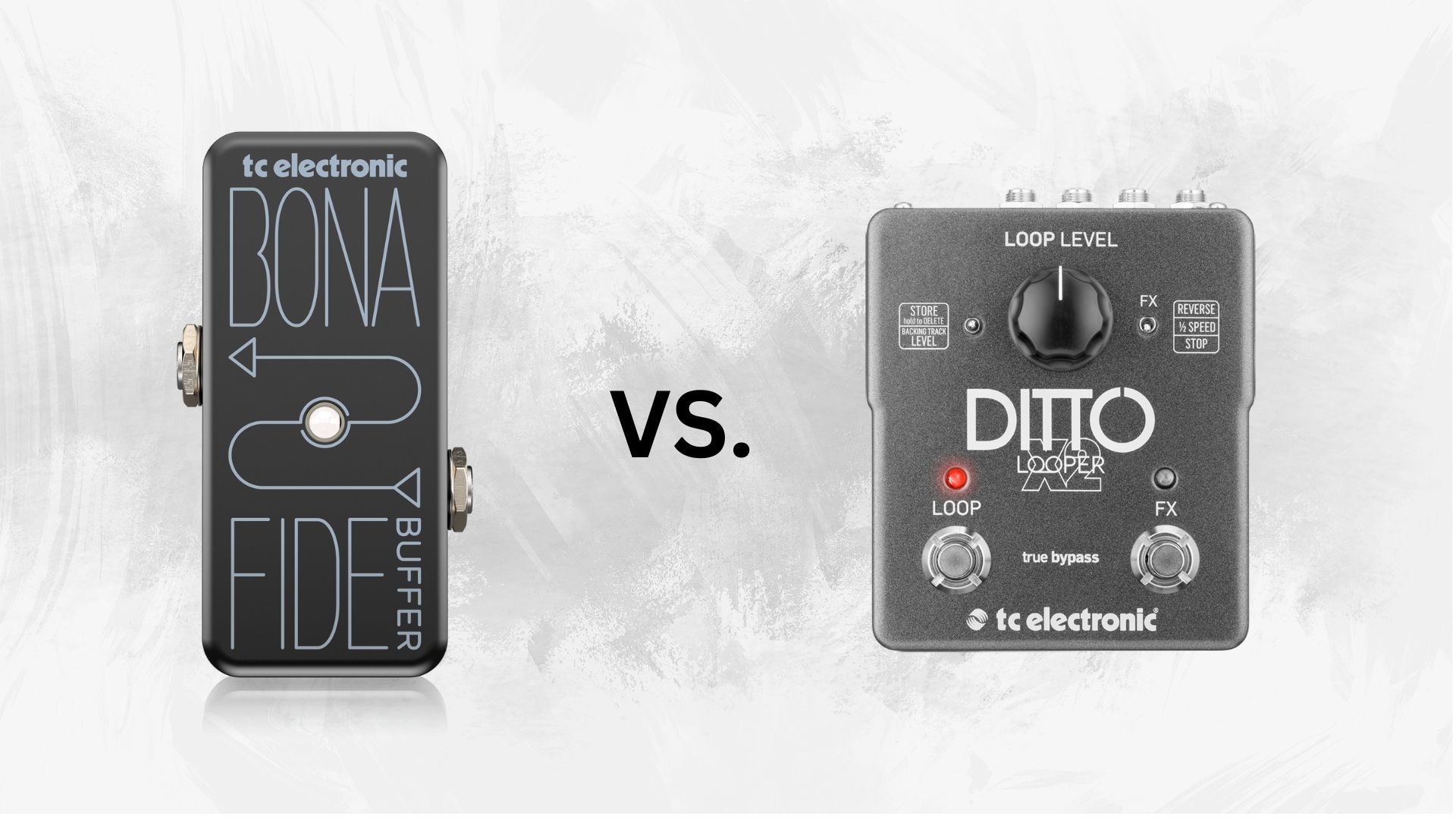
 Anthony Easton
Anthony Easton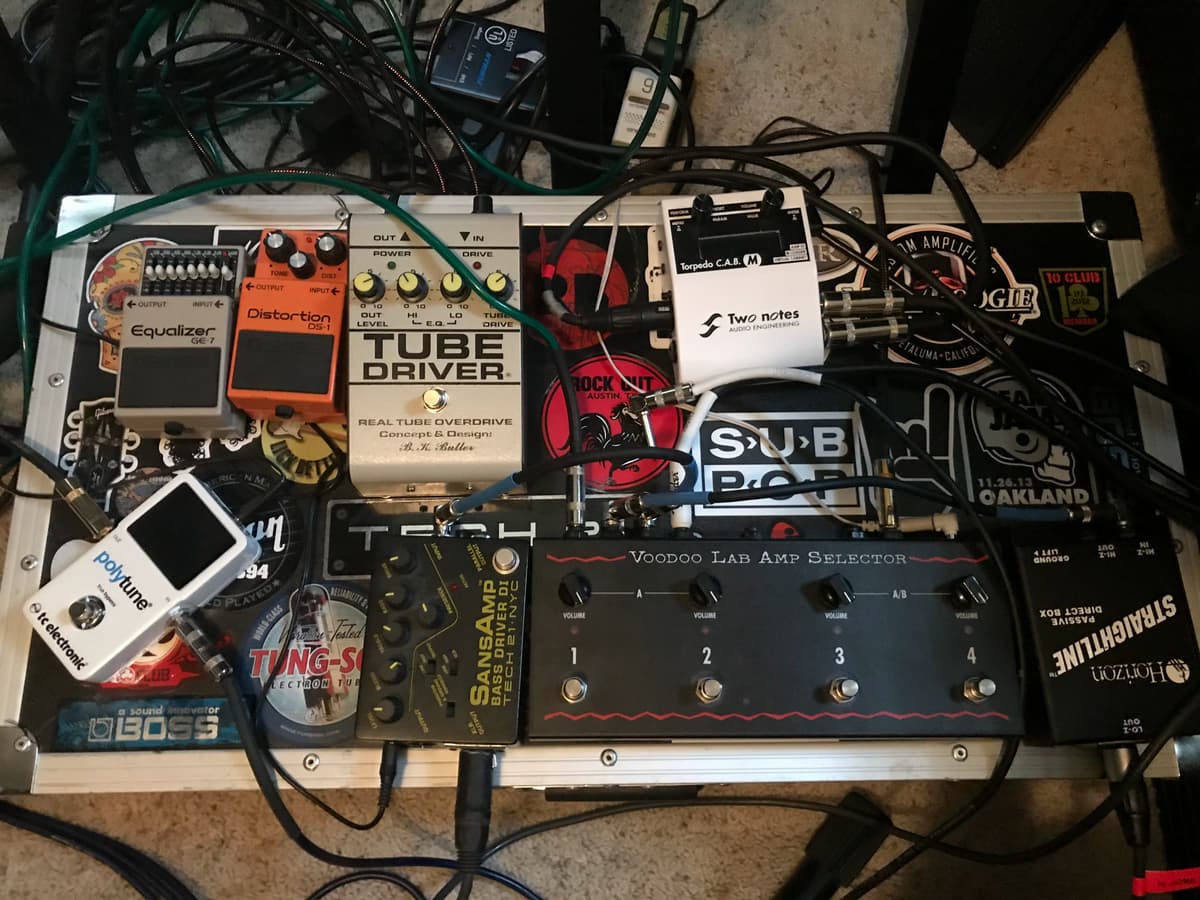
(Header Photo by Scotty Bussey on Unsplash)
Guitar pedals are the unsung heroes of the music world, offering musicians the ability to shape and refine their sound in endless ways. From the gritty distortion of rock to the ethereal echoes of ambient music, pedals play a pivotal role in defining the sonic landscape of a piece. The right pedal can elevate music, allowing for a greater range of expression and creativity.
However, diving into the world of guitar pedals can be a daunting and expensive endeavor. With so many options on the market, it's challenging to know where to begin, especially on a tight budget.
This guide is dedicated to uncovering the gems of the pedal world that won't break the bank. The aim is to help find quality guitar pedals that deliver exceptional sound and versatility without compromising on affordability. Whether building a first pedalboard or looking to expand a collection, this guide provides recommendations that promise to enhance your sonic journey.
Guitar pedals are not just accessories. They are essential tools that influence tone and performance, shaping the identity of a musician's sound. These devices allow artists to manipulate their signal in real-time, adding depth, texture, and atmosphere to their music. The impact of a well-chosen pedal can be profound, turning a simple guitar riff into a complex sonic landscape or elevating a solo from ordinary to unforgettable.
In various music genres, the role of pedals is both diverse and crucial.
In rock and metal, distortion and overdrive pedals create the signature growl and aggression that drive the music's intensity.
For blues and jazz, a subtle touch of reverb or delay adds depth and emotion to the intricate melodies.
In the realm of psychedelic and ambient music, modulation pedals like phasers and flangers contribute to the creation of otherworldly sounds, transporting listeners to new dimensions of auditory experience.
By extending the range of sounds available to guitarists, pedals play a pivotal role in music production. They enable artists to explore new territories of sound, pushing the boundaries of what is possible with just a guitar and an amplifier. The choice of pedals can define an artist's sound, distinguishing them in a crowded musical landscape and offering listeners a unique auditory signature.
The best part of it, too, is that some of the most famous artists with the most famous tones use cheap pedals that shouldn’t cost you more than $100.
When venturing into the world of guitar pedals, especially with a focus on affordability, it's crucial to know what aspects matter most to ensure you're getting the best value for your money. Even within the budget range, there can be significant differences in quality and performance. Here are the key factors to consider when selecting a cheap guitar pedal:
The construction of a guitar pedal determines its ability to withstand the rigors of use, especially for musicians who gig regularly. A well-built pedal with a sturdy chassis can endure the occasional knock or stomp, ensuring longevity. Look for pedals with metal enclosures and robust switches to guarantee they stand the test of time.
The primary purpose of a pedal is to enhance your sound, so it should do so without compromising quality. Even affordable pedals can offer excellent sound quality, but it's important to listen to demos or read reviews to ensure they meet your standards. Versatility is also key; a pedal that offers a range of sounds or has adjustable parameters provides more value, allowing for greater experimentation and flexibility in your playing.
A pedal should be intuitive and straightforward to use, with clear controls that allow for easy adjustment during practice or performance. Pedals that require extensive manual reading or have overly complex interfaces may not be suitable for all users, especially beginners. Look for pedals with simple layouts and easily accessible knobs and switches.
Finally, the reputation of the brand and feedback from other users can be invaluable in guiding your decision. Brands with a history of producing quality pedals are often a safer bet, even in the lower price ranges. Customer reviews can highlight any potential issues or particularly standout features, offering insights that specifications alone cannot provide.
By prioritizing these aspects, musicians can find cheap guitar pedals that don't sacrifice quality for price, ensuring their pedalboard is both affordable and capable of producing the desired sound effects.

Distortion and overdrive pedals are essential for adding grit, warmth, and sustain to your guitar tone. They can range from mild, bluesy overdrive to heavy metal distortion.

Delay and reverb pedals add depth and space to your sound, from subtle echoes to expansive soundscapes.
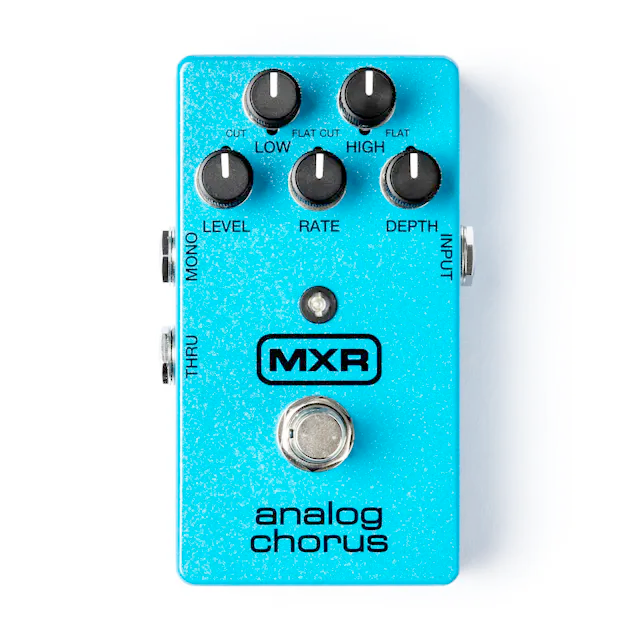
Modulation effects like chorus, flanger, and phaser pedals add richness, movement, and texture to the guitar sound, ideal for creating lush, swirling soundscapes.

Utility pedals like tuners, EQs, and volume pedals are essential for fine-tuning your sound and ensuring your performance is pitch-perfect.
Each of these pedals is chosen for its ability to offer great performance at a lower cost, making them accessible options for guitarists on a budget. Remember, the best pedal for you depends on your specific needs, the genres you play, and the sound you're aiming for.
Creating an impressive guitar pedal setup doesn't have to drain your bank account. With strategic choices and a few tricks, you can build a versatile and effective pedalboard that caters to your musical needs without compromising on quality. Here are some tips to help you maximize your setup on a budget:
Focus on acquiring pedals that will have the most significant impact on your sound. Typically, this means starting with a reliable tuner, a versatile distortion or overdrive pedal, and perhaps a delay or reverb pedal for added depth. Once you have these basics, you can expand your board with more specialized effects.
Multi-effects pedals can be a cost-effective way to access a wide range of effects in a single unit. While individual pedals may offer more depth and character in their specific domains, multi-effects units provide versatility and convenience, ideal for players exploring different genres or sounds.
The second-hand market is a treasure trove for budget-conscious musicians. Many guitarists sell pedals in excellent condition, often for a fraction of the retail price. Buying used can allow you to acquire higher-quality pedals than you might afford new, just be sure to test them thoroughly before purchasing.
If you're handy with a soldering iron, modifying existing pedals or even building your own from kits can be a rewarding and cost-effective way to get exactly the sound you're after. There are countless resources and communities online dedicated to pedal mods and DIY builds, offering guidance and inspiration.
Before purchasing any pedal, it’s wise to plan your pedalboard layout. Numerous online tools and apps allow you to virtually arrange pedals, helping you understand how much space you have and how different pedals might interact with each other.
Invest in quality patch cables and a reliable power supply. Good cables can reduce noise and signal loss, while a proper power supply can eliminate the need for batteries and reduce hum or interference. Though not the most exciting purchases, these are essential for a noise-free and reliable setup.
The order of pedals on your board can drastically affect your sound. Experiment with different arrangements to find what best suits your style. Generally, tuners come first, followed by dynamics (like compressors), then distortion, modulation, and finally time-based effects (delay and reverb).
By following these tips, you can build a versatile and high-quality pedal setup on a budget. Remember, the goal is to find the right balance between cost and quality, ensuring each addition brings you closer to achieving your desired sound.
Finding affordable guitar pedals that don't compromise on quality is easier than ever, thanks to a wide range of retail options. Whether you prefer the convenience of online shopping or the hands-on experience of a physical store, here are some recommendations on where to buy cheap guitar pedals:
A guitar pedal database like Stompbx is an awesome resource to help you research your next pedal, watch videos, compare prices, and make an informed decision. Stompbx, with over 7,500 pedals cataloged, can be your best jumping off point in finding your next pedal without being beholdended to sellers that only carry certain brands or pedals.
Don't overlook your local music shop. These stores often have knowledgeable staff who can provide advice and may offer competitive prices or the opportunity to trade in old gear.
These can be hit or miss, but sometimes you'll find a hidden gem at a fraction of its retail price. It's always worth a look, especially for vintage pedals.
Communities dedicated to guitar gear often have classified sections where members sell or trade pedals. These can be great places to find deals and rare pedals.
Buying cheap guitar pedals, especially used ones, requires some diligence, but the savings and potential to uncover unique sounds make it a worthy venture. Whether you're expanding your collection or seeking that one special effect to complete your setup, exploring various buying options can lead you to the best deals available.
Investing in guitar pedals, even on a budget, can significantly enhance your sound. However, there are pitfalls that can lead to disappointment or unnecessary expenditure. Here are some common mistakes to avoid when purchasing cheap guitar pedals:
Each pedal has specific power requirements, and mismatching voltages can damage your equipment. Ensure you understand the power needs of each pedal and have a suitable power supply or batteries.
True bypass pedals allow your signal to pass through unaltered when the pedal is off, while buffered bypass can improve signal strength over long cable runs. Depending on your setup, choosing the wrong type can affect your tone.
It’s tempting to go for the cheapest option, but consider the pedal's durability, sound quality, and versatility. A slightly more expensive pedal that meets your needs can offer better value over time than the cheapest available option.
Pedals can sound different depending on the guitar, amp, and other pedals you use. Whenever possible, test the pedal with your own setup or a similar one to ensure it delivers the sound you expect.
It's easy to get carried away, but more pedals don’t always mean better sound. Consider what effects are truly essential to your playing style to avoid clutter and signal degradation.
With the wealth of information available online, there’s no excuse not to research before buying. Reviews, demo videos, and forums can provide valuable insights into a pedal’s performance in real-world situations.
By being mindful of these common pitfalls, you can make informed decisions that enhance your sound without wasting money or compromising on quality. The goal is to build a pedalboard that complements your style and elevates your music, achieving this without overspending is entirely possible with careful planning and research.
The guitar pedal landscape is vast and varied, offering something for every musician's taste and playing style. Whether your goal is to craft unique sounds, enhance your live performances, or simply explore new musical avenues, the right selection of pedals can significantly impact your sonic output. It's important to remember that the pursuit of the perfect tone is a personal and evolving journey. Experimentation and creativity are key, as is the willingness to explore and experiment with different effects.
As you continue to build and refine your pedalboard, let curiosity and musical ambition guide your choices. The market for guitar pedals, both new and used, is rich with options that cater to budget-conscious musicians. By applying the insights from this guide, you're well on your way to discovering pedals that not only fit your budget but also inspire and enhance your musical expression.
A: Yes, many affordable pedals offer excellent sound quality and durability. Advances in technology and manufacturing have made it possible to produce cost-effective pedals that rival their more expensive counterparts in performance.
A: Absolutely. Pedals can be a great way to explore and develop your sound, even at an early stage. Starting with a few essential effects, like distortion or delay, can significantly enhance your playing experience.
A: The number of pedals you need depends on your musical style and personal preferences. Some guitarists prefer a minimalist setup, while others enjoy a wide range of effects. Start with the basics and expand as your needs and interests grow.
A: While some pedals are designed specifically for guitar or bass, many can be used interchangeably. However, the effect might sound different due to the frequency range of the instrument.
Check out the latest news and articles from around the pedal world.

 Anthony Easton
Anthony Easton
 Anthony Easton
Anthony Easton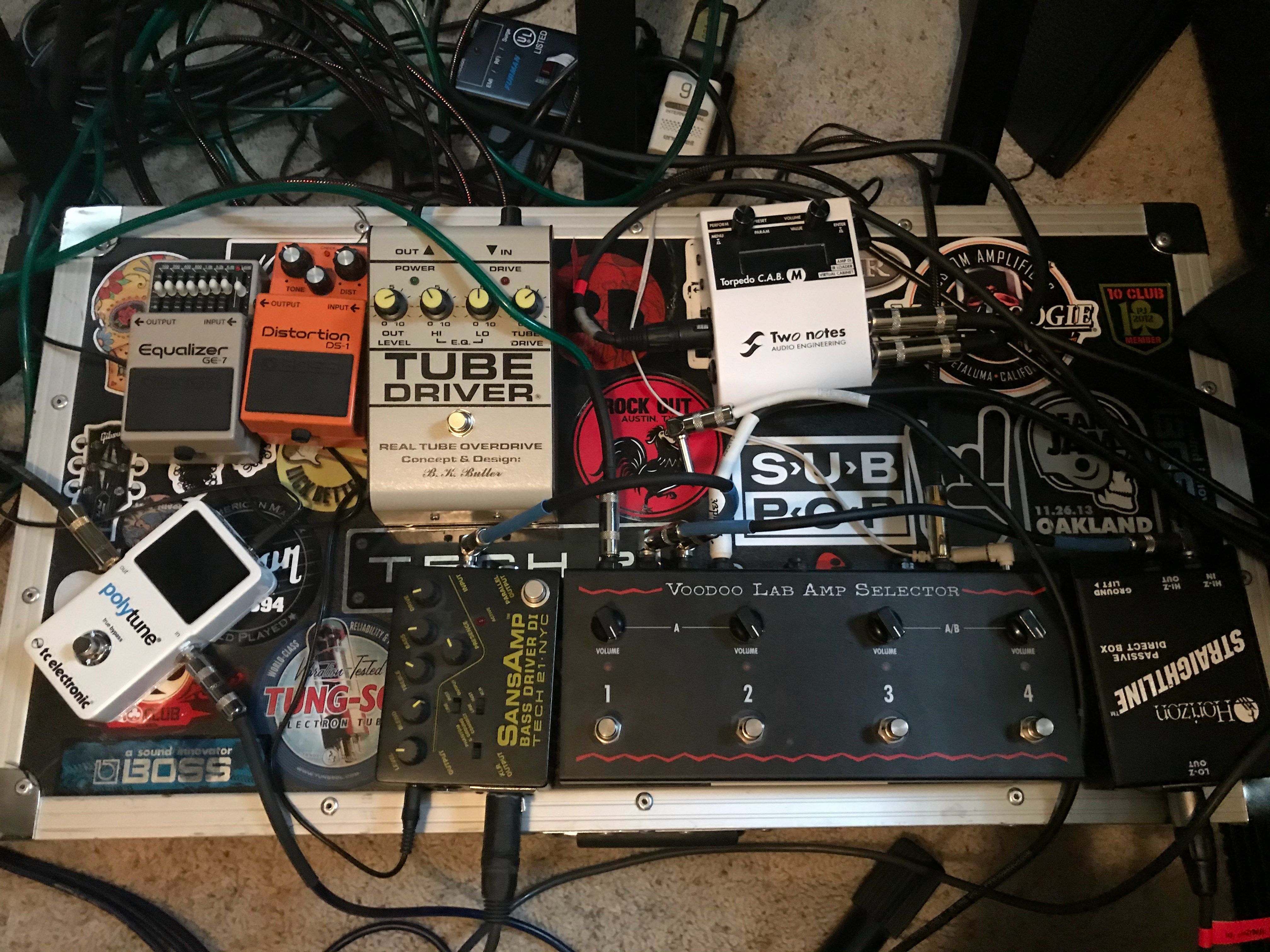
 Anthony Easton
Anthony Easton
 Anthony Easton
Anthony Easton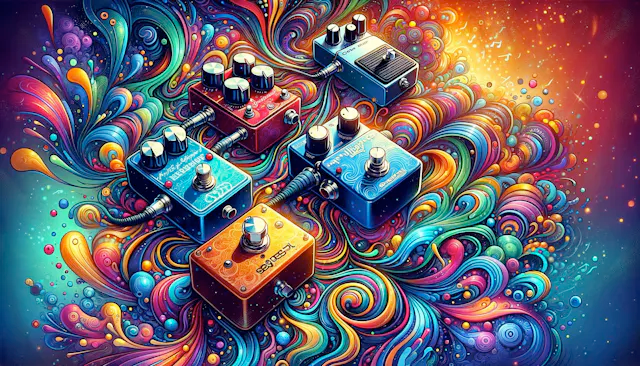
 Anthony Easton
Anthony Easton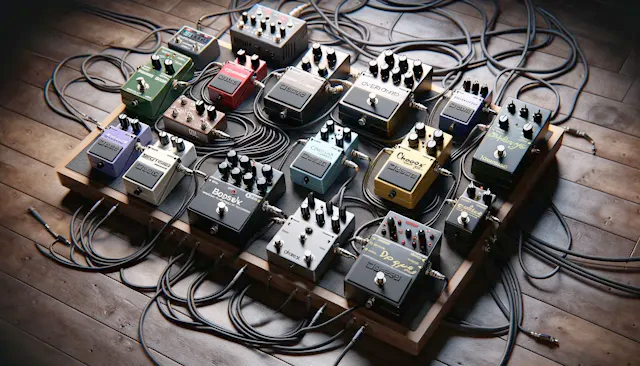
 Anthony Easton
Anthony Easton
 Anthony Easton
Anthony Easton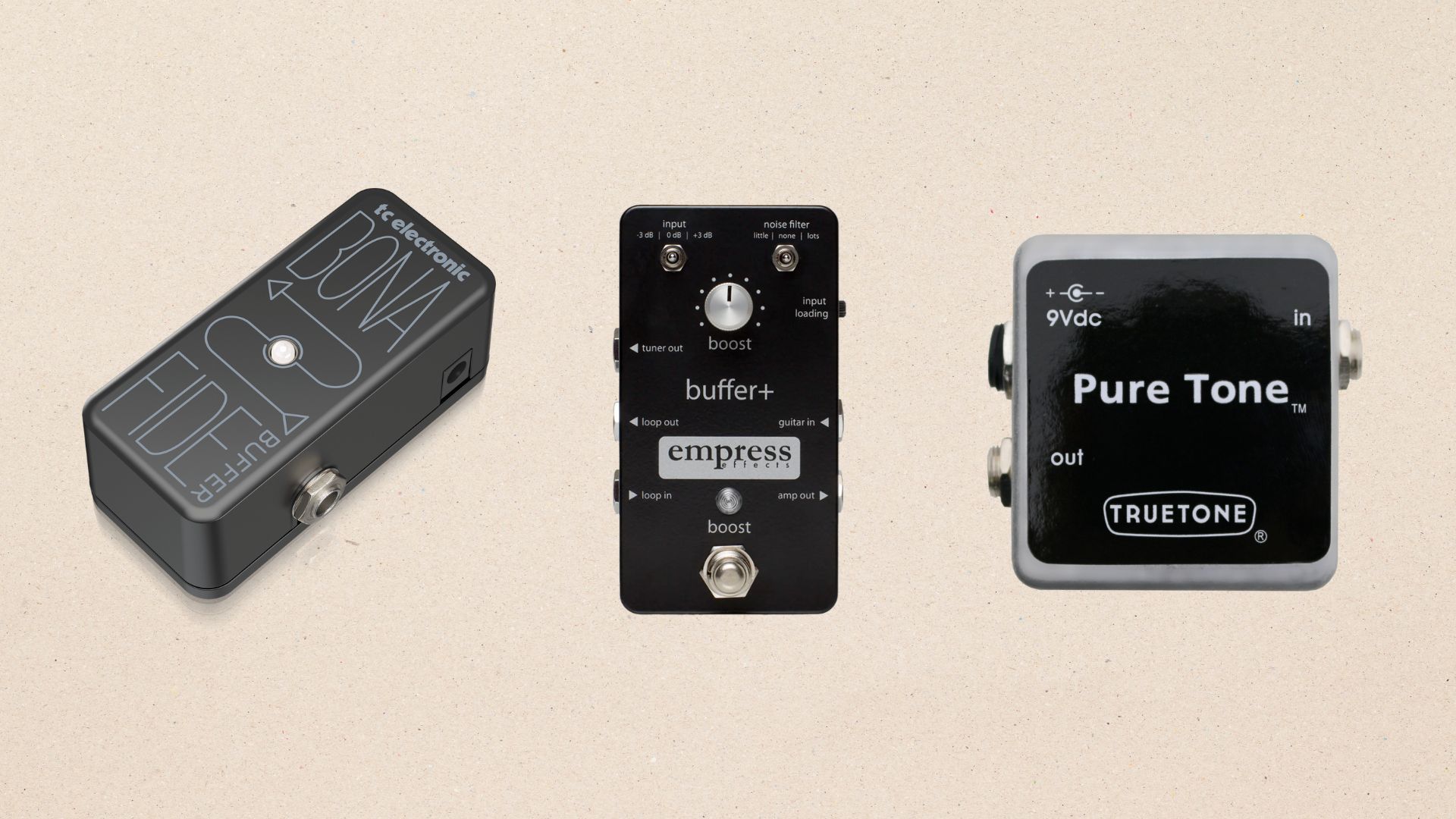
 Anthony Easton
Anthony Easton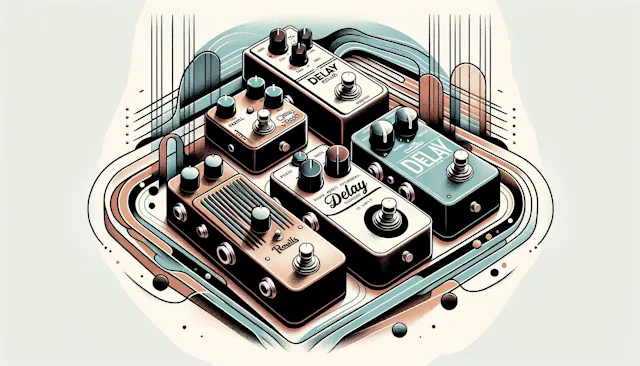
 Anthony Easton
Anthony Easton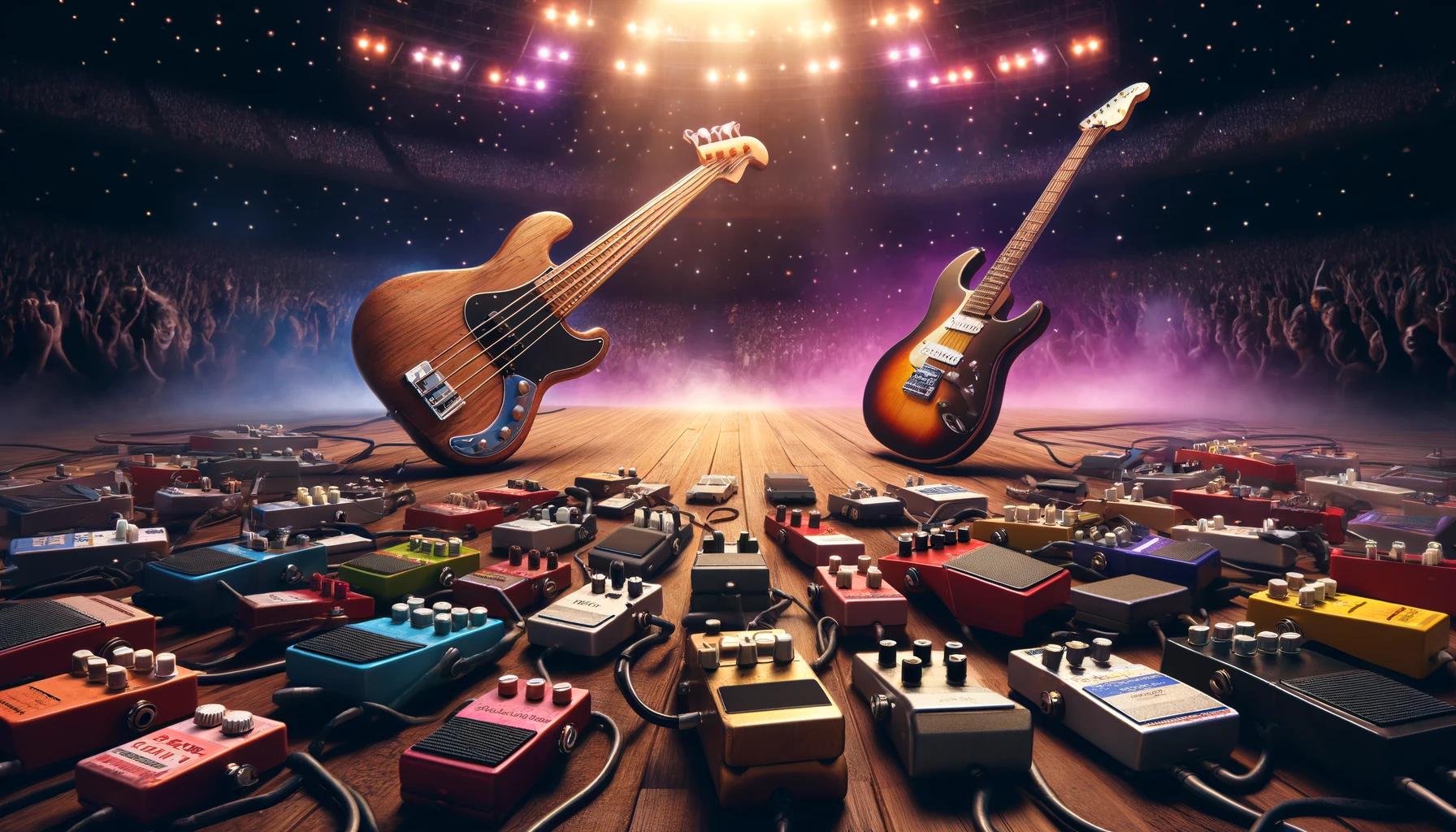
 Anthony Easton
Anthony Easton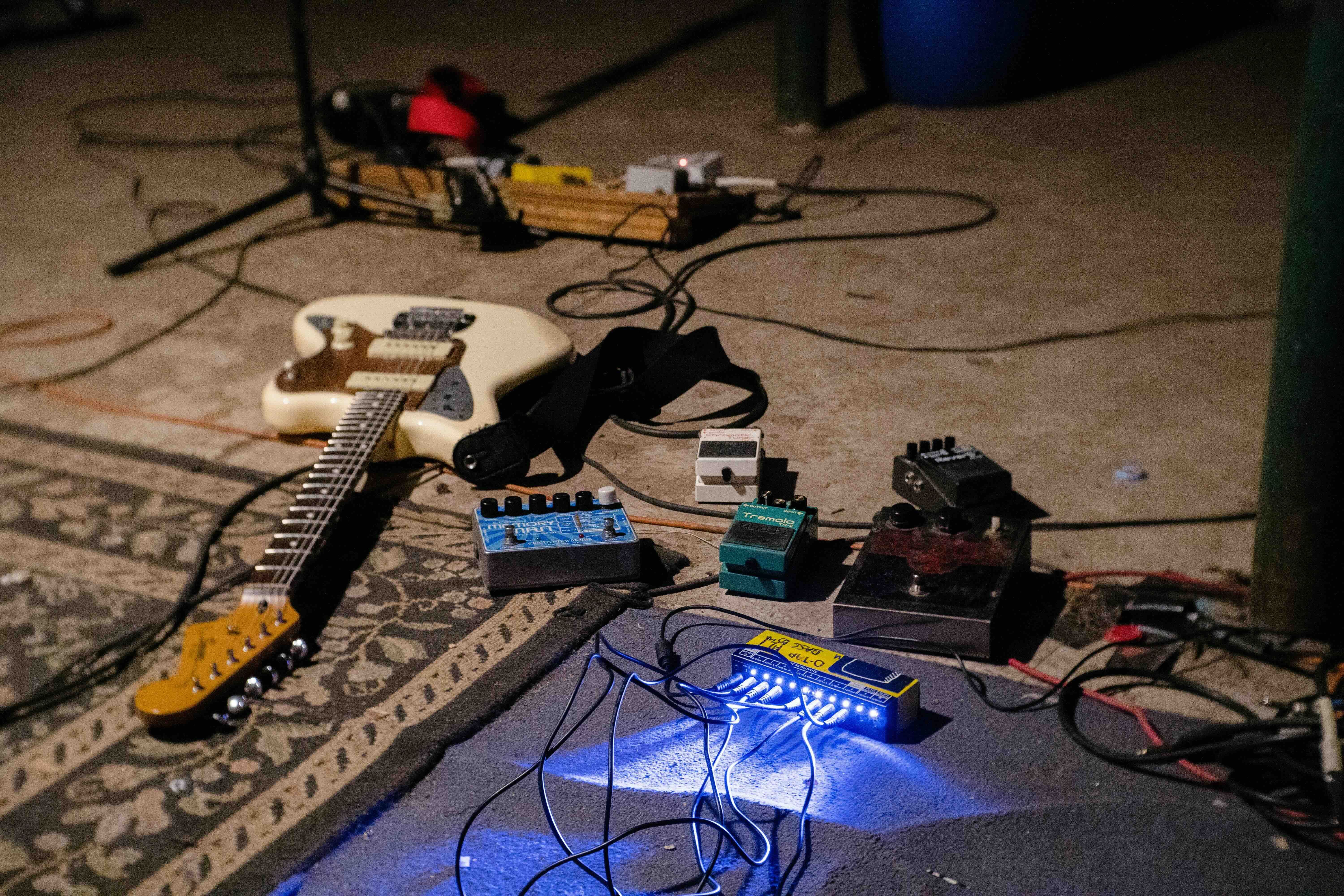
 Anthony Easton
Anthony Easton